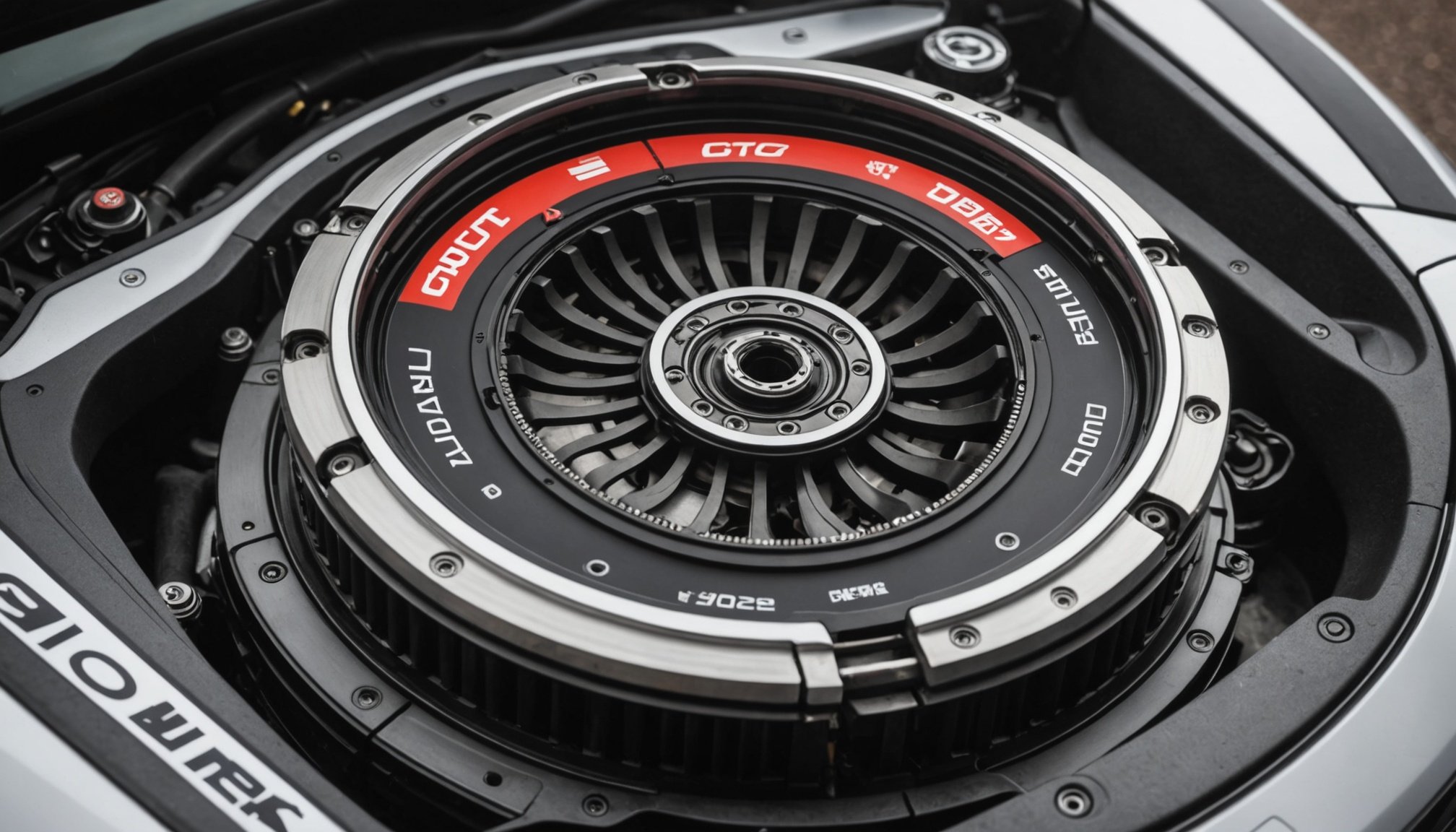If you are an automobile enthusiast or simply a driver who enjoys smooth shifting, you might have heard about dual-clutch transmissions (DCTs). These pieces of innovative technology promise crisp, efficient gear changes that traditional manual or automatic transmissions simply can’t match. But to harness the full potential of DCTs, it’s crucial to understand their operation and optimize these units for smoother shifting.
In this informative guide, we will explore how you can enhance the performance of your dual-clutch transmission, particularly in the context of UK driving conditions.
Also read : What are the specific requirements for fitting a roll cage in a UK track car?
Understanding the Dual-Clutch Transmission
Before we head on how to optimize a dual-clutch transmission, it’s important to first understand what it is and how it works.
A dual-clutch transmission is an automated transmission system that uses two separate clutches for odd and even gear sets. It was designed to offer the quick shift times of a manual gearbox with the ease of use of an automatic. In essence, while one clutch is engaged with the current gear, the other preselects the next gear. This design results in faster, smoother shifting, enhancing both performance and fuel efficiency.
Also read : What are the steps to install a cold air intake system in a UK performance car?
This system offers various driving modes such as fully automatic mode and semi-manual mode. While the automatic mode delivers convenient, worry-free shifting, the semi-manual mode provides drivers with more direct control over gear selection.
Importance of Transmission Fluids in DCTs
One of the key factors that can significantly affect the smoothness and efficiency of your dual-clutch transmission is the transmission fluid.
Transmission fluids serve multiple purposes in a DCT. They cool the transmission, lubricate moving parts, protect against wear, and transmit power from the engine to the drivetrain. High-quality transmission fluid can significantly improve the performance and lifespan of your DCT.
To optimize your DCT for smoother shifts, it’s essential to use transmission fluid that’s specifically designed for dual-clutch transmissions. These specialized fluids are formulated to handle the unique demands of DCTs, including rapid shifts and high temperatures. Regularly changing your transmission fluid in accordance with the manufacturer’s recommendations can also help maintain the performance and longevity of your DCT.
Adapting to UK Driving Conditions
The driving conditions in the UK, like roundabouts, stop-and-go traffic, and varying weather conditions, can place unique demands on a dual-clutch transmission.
To optimize your DCT for smoother shifts in these conditions, it’s important to adapt your driving style. For instance, in stop-and-go traffic, avoid creeping forward slowly as this can cause the clutches to slip, increasing wear and reducing the smoothness of shifts. Instead, wait until there’s enough space to move forward more decisively.
Similarly, when navigating roundabouts, choose a suitable gear before entering the roundabout and maintain that gear until you exit. This helps avoid mid-roundabout gear changes, which can unsettle the car and lead to less smooth shifts.
Regular Maintenance for your DCT
Lastly, regular maintenance plays a crucial role in optimizing a dual-clutch transmission.
Aside from regular fluid changes, your DCT may also require periodic software updates to ensure it operates optimally. These updates can improve shift patterns, reduce clutch wear, and enhance overall transmission performance.
Furthermore, having your DCT inspected regularly by a qualified mechanic can help identify and address potential issues before they become major problems. This proactive approach to maintenance can result in smoother shifts, improved performance, and a longer lifespan for your dual-clutch transmission.
Takeaways for Smoother Shifts
So, how can you optimize a dual-clutch transmission for smoother shifts in the UK? Understand the workings of your DCT, use high-quality transmission fluid designed for DCTs, adapt your driving style to UK conditions, and maintain your DCT regularly.
While this might seem like a lot to keep in mind, remember that the ultimate goal is to enjoy the advanced technology that your DCT offers. By taking these steps, you can ensure a smoother, more enjoyable driving experience in the UK, regardless of the conditions on the road.
DCT and Fuel Efficiency
When we discuss dual-clutch transmissions, it’s worth highlighting their contribution to improved fuel efficiency.
A dual-clutch transmission, by virtue of its design and operation, can significantly boost a vehicle’s fuel efficiency. The rapid, seamless shifts made possible by DCTs can reduce the amount of time the engine spends in lower gear ratios, where it consumes more fuel.
Moreover, DCTs also eliminate the need for a torque converter, a component found in traditional automatic transmissions that can lead to power loss and diminished fuel efficiency. As a result, cars equipped with DCTs can deliver better fuel economy, which is a key concern for many drivers in the UK, given the high fuel prices.
To maximize the fuel efficiency benefits of your DCT, ensure it’s operating optimally. Regularly checking and changing the transmission fluid, as already discussed, is one way to do this. Similarly, keeping an eye on the DCT’s software and getting updates when necessary can also contribute to improved fuel efficiency.
Potential Challenges with DCTs
While the benefits of a dual-clutch transmission are many, it’s also important to be aware of the potential challenges.
One of the common issues with DCTs is that they can feel somewhat jerky or hesitant at low speeds or during stop-and-go traffic. This is because DCTs are essentially automated manual transmissions, and like manual transmissions, they can have a bit of a rough feel at low speeds.
Moreover, DCTs can be more complex and expensive to repair than traditional automatic transmissions. This is due to the intricate design of DCTs and the need for specialized knowledge and tools to service them. Therefore, if a DCT develops a problem, the repair costs can be quite high.
However, by following the tips provided in this article – using the right transmission fluid, adapting your driving style, and maintaining your DCT regularly – you can minimize these issues and optimize your DCT for smoother shifts in the UK.
To conclude, optimizing a dual-clutch transmission for smoother shifts in the UK involves understanding the technology, using the appropriate transmission fluids, adapting your driving habits to suit local conditions, and ensuring regular maintenance. Moreover, by taking care of these aspects, you can also enhance your vehicle’s fuel efficiency and prolong the lifespan of your DCT.
While DCTs can present certain challenges, particularly in terms of repair costs and low-speed performance, the benefits they offer – including faster, smoother shifts and improved fuel economy – make them an excellent choice for many drivers.
So, invest some time and effort in maintaining your DCT, and you can enjoy a smoother, more efficient driving experience in the UK.











